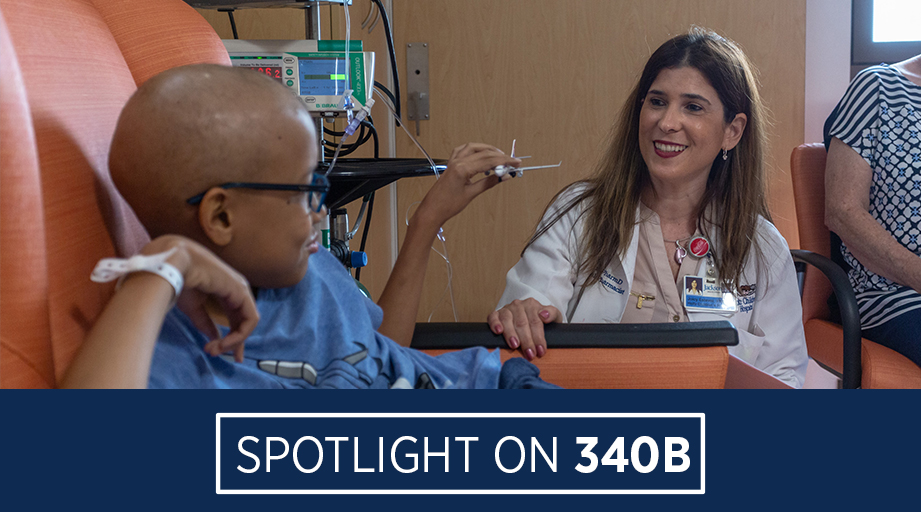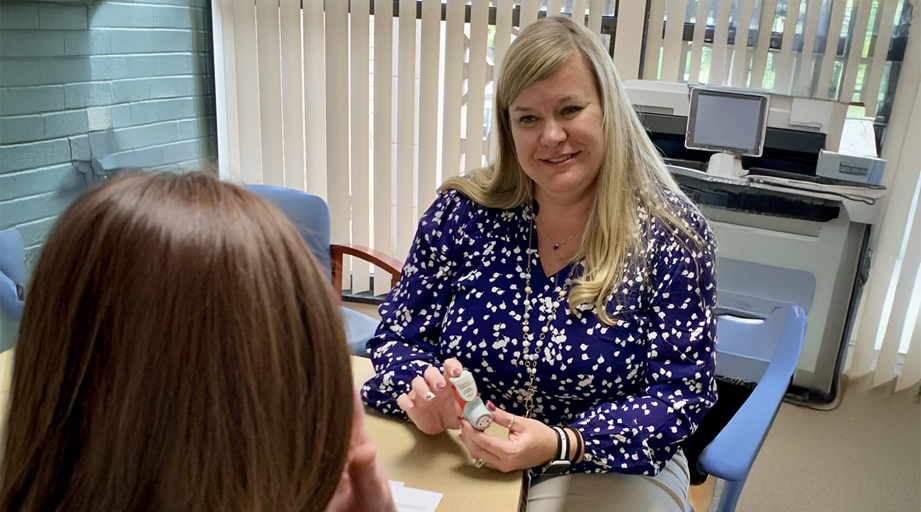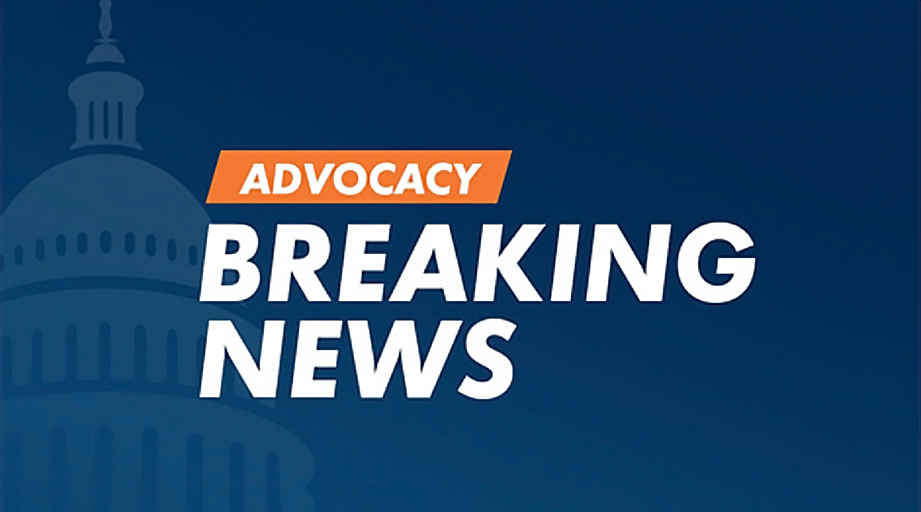
Redlands Community Hospital (RCH) is enthusiastic about how the 340B Drug Pricing Program contributes to essential services for the nearly 300,000 residents of the east San Bernardino Valley community of Southern California.
The 229-bed, not-for-profit hospital was founded in 1904 and has participated in the 340B program since 2018 as a disproportionate share facility. In 2021, the median household in income the hospital’s primary service area was about 10% below the statewide median. RCH reported providing approximately $40.5 million in unreimbursed care that year.
According to the hospital, scaling back access to 340B medications would threaten the capacity to serve low-income patients through RCH’s family clinics, perinatal service and community case management programs, community benefit activities, and community resource referrals.
“Both the RCH Yucaipa Family Clinic and the RCH Redlands Family Clinic are funded directly from the 340B savings they help create,” said Justin Miles, director of pharmacy services for RCH. “These clinics provide care to the underserved and uninsured population in the area.”
Also directly funded through the 340B program is the RCH Center for Cancer Care. Miles described the facility as “a beautiful 20-chair center that treats multiple patients daily and would not be possible without the [340B] program.
Spotlight on 340B
The federal 340B Drug Pricing Program plays a key role in helping safety-net providers reach underserved patients. But drug manufacturers are leading attacks on the program. In this series, ASHP is highlighting how health systems depend on savings from the program for critical programs and services.
Miles said 340B savings also support the RCH Center for Specialty and Surgical Care, RCH Center for Cancer Care, and RCH Ambulatory Infusion Center. Other activities that rely on savings from the 340B program include maternal, child, surgical, and emergency department services.
“Without the savings generated from 340B, it is very likely some of those programs would have difficulty serving patients,” Miles said.
Many of the 340B-supported care sites and services appear to address health concerns identified in the hospital’s most recent community needs assessment report. Benchmarking data in the report point to the need to improve obesity rates, cholesterol management, infant mortality and low birth weight rates, diabetes diagnosis and management, and social determinants of health related to poverty, underemployment, and access to grocery stores.
Miles said the 340B program has benefited specific patients in too many ways to count and is particularly vital to the care of patients with complicated or uncontrolled diseases.
“They need treatment and cannot afford the medication or the care needed to stay healthy during and after treatment,” Miles said. “Due to the 340B Drug Pricing Program, we can provide the medications for those patients at a much lower cost than we would otherwise be able to and, thus, provide critical treatment” at a time of need.
He remains a firm believer in maintaining and strengthening the 340B program.
“In my opinion, one way to truly support the 340B program is to carry it out as it was intended. What that means is to allow eligible entities to stretch limited resources to help those most in need,” Miles said. “Manufacturers provide a great benefit to our patients around the country, and that needs to be celebrated. However, when cost prohibits treatment that is where things can go sideways.”
He said manufacturers and the Health Resources and Services Administration, which oversees the 340B program, “can help more patients, and help more entities, by allowing 340B drug prices to reach more eligible, deserving patients.”










